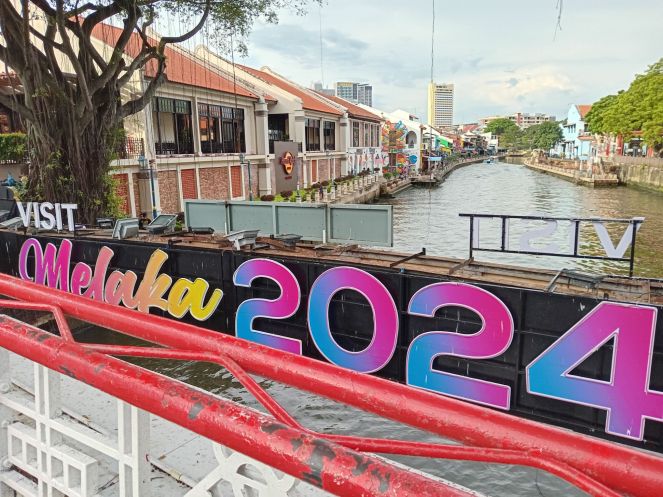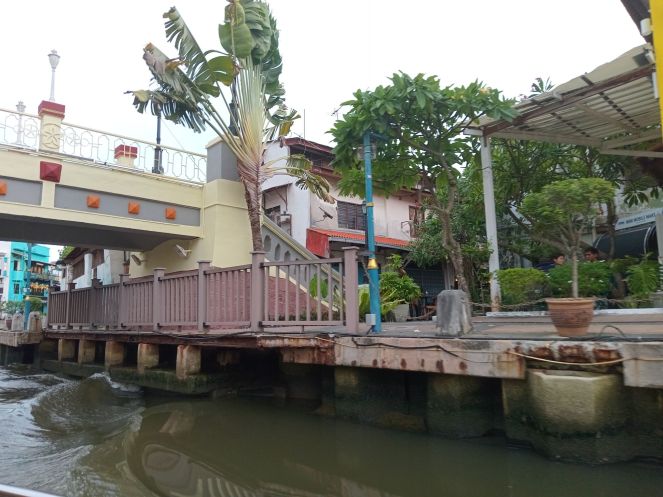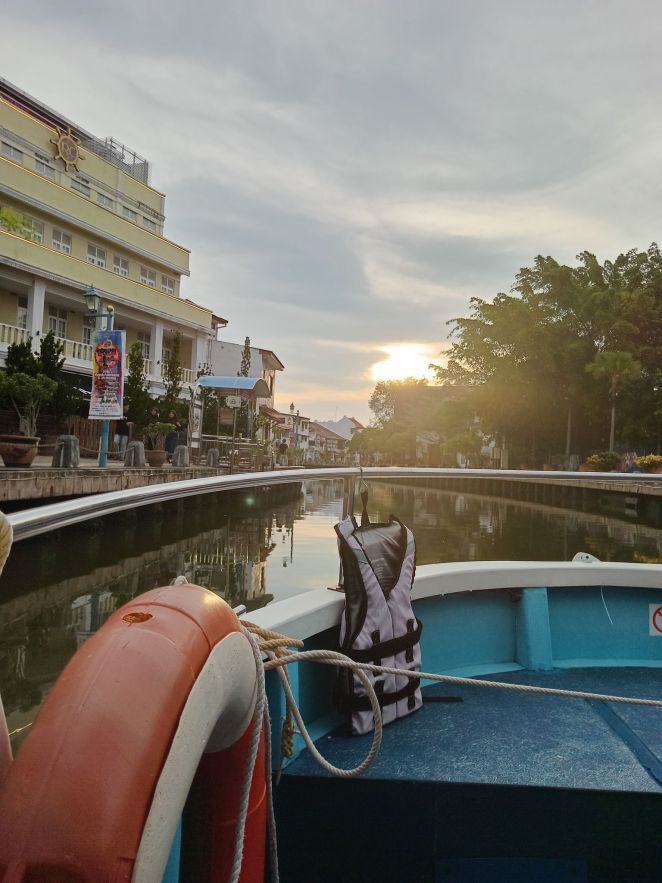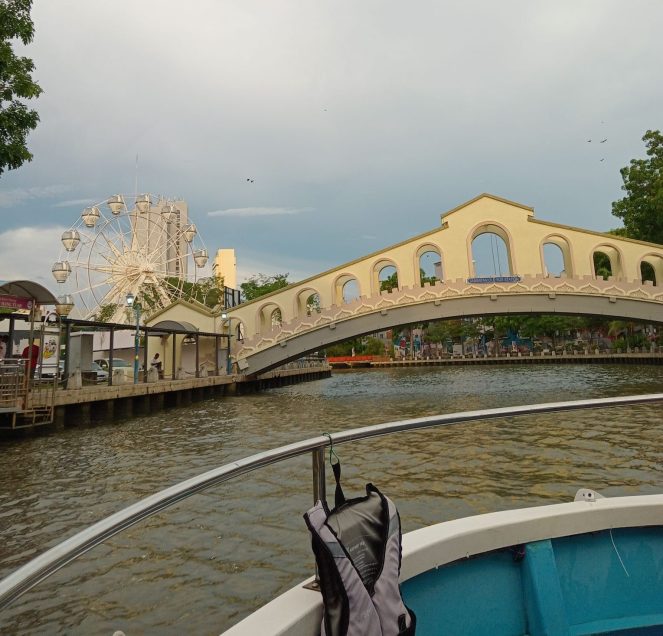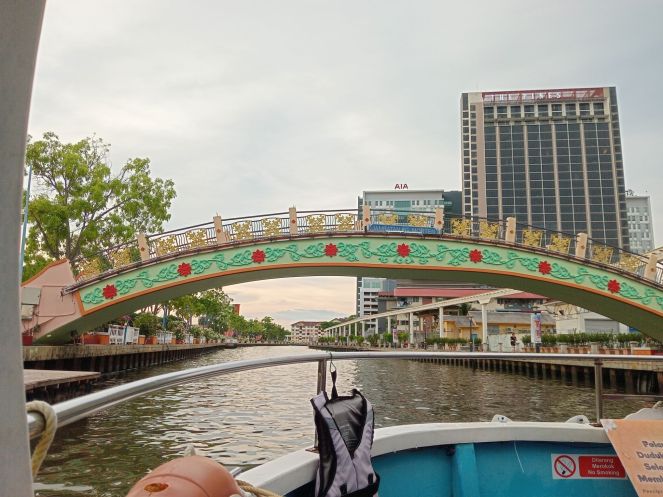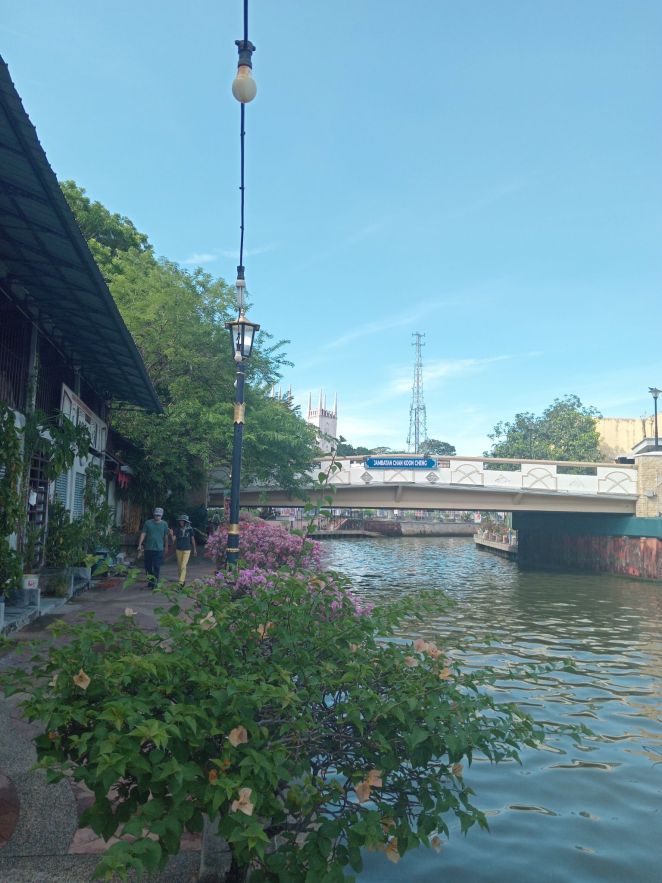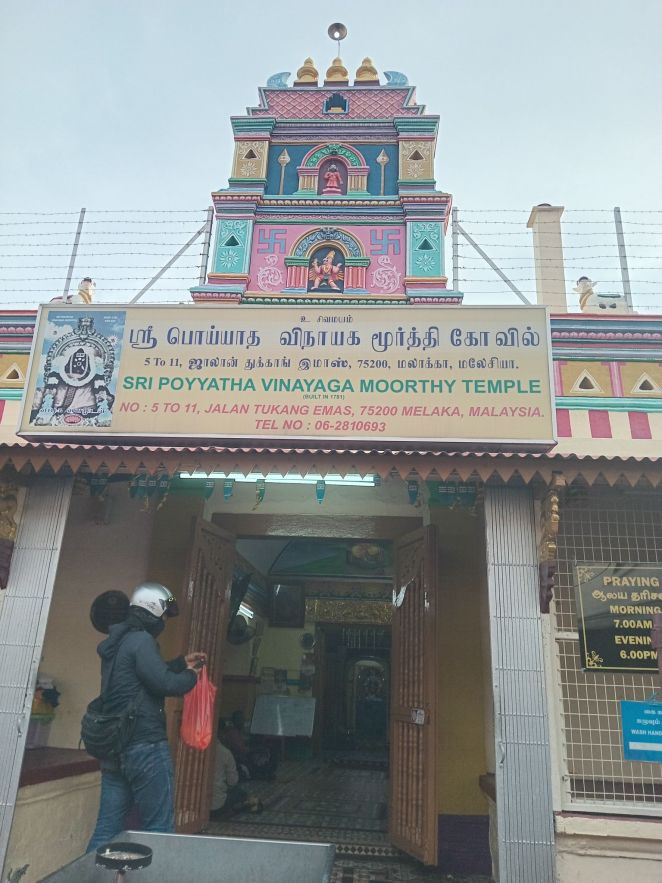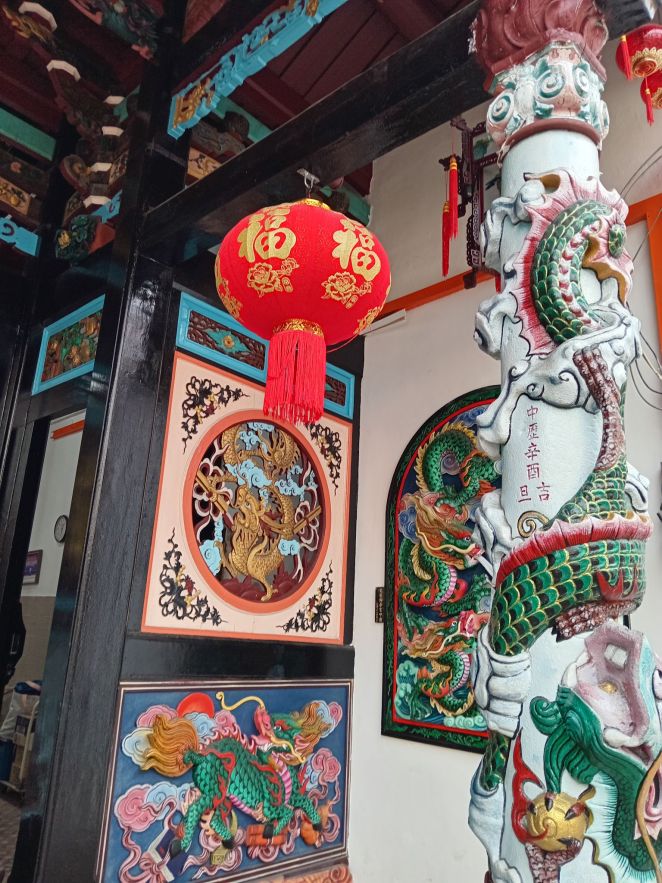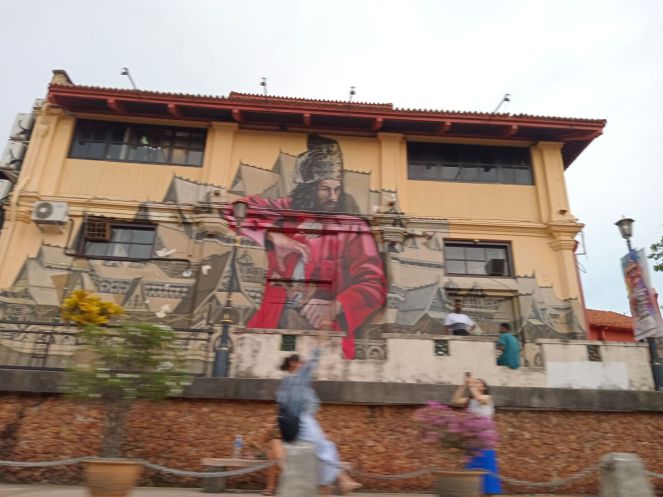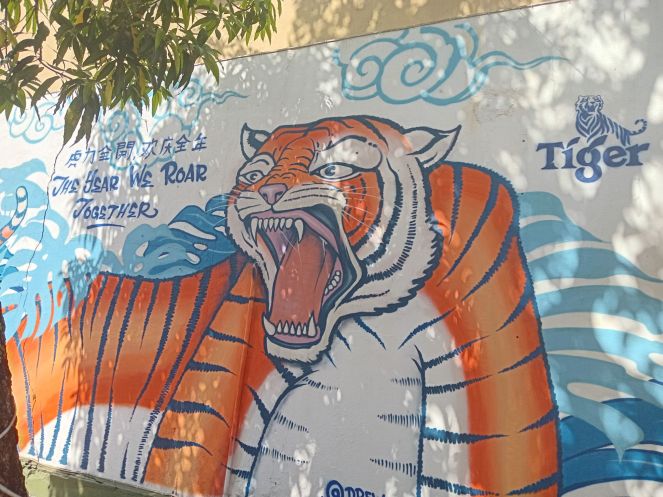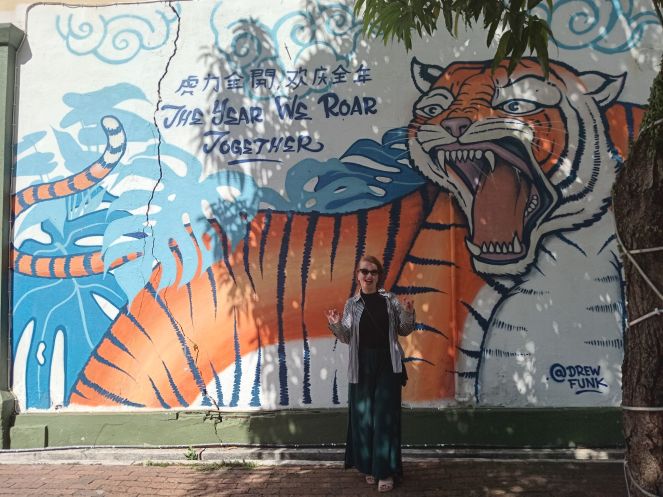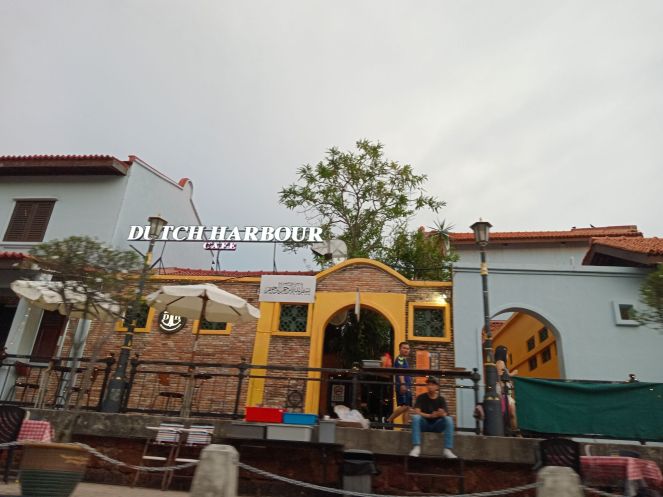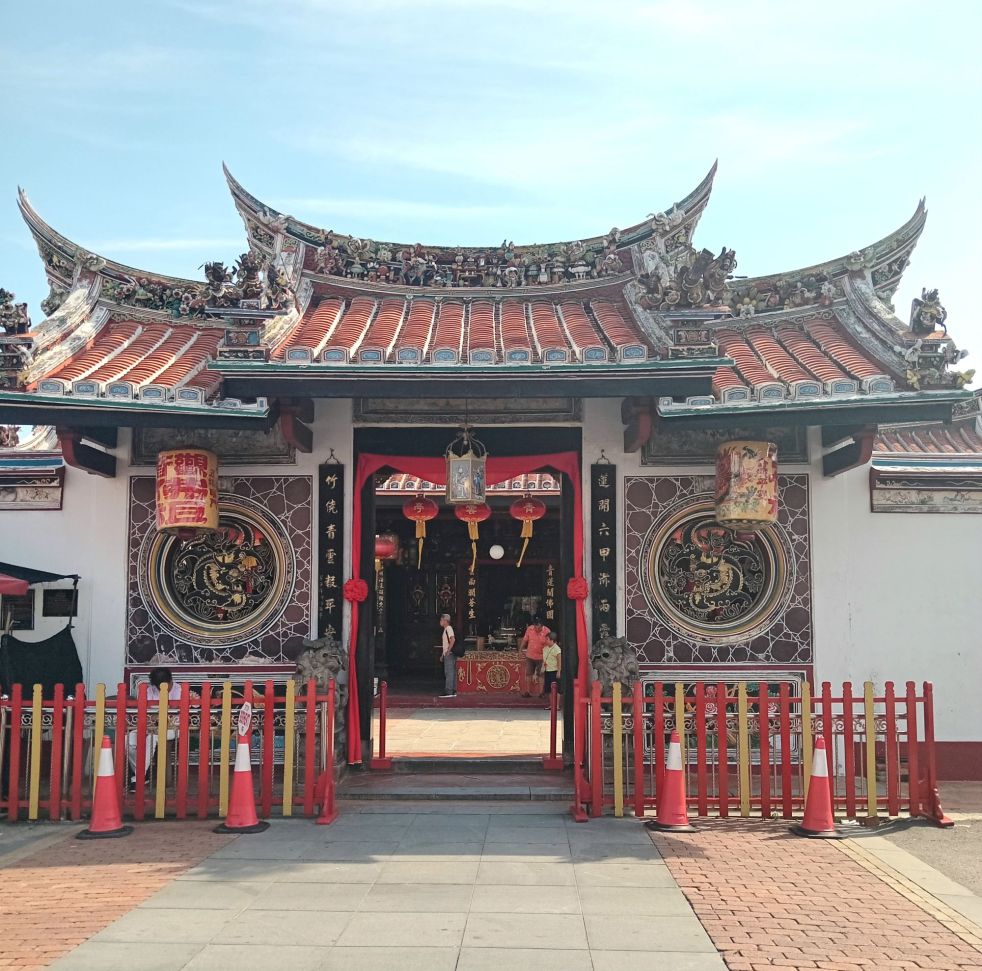Continuing with the places from the Malaysia pilgrimage trip, this short article is about my short time in Malacca, on the coast of Malaysia as one travels down from Kuala Lumpur, before heading to Indonesia for the 12th Gyaltsab Rinpoche teachings and empowerments there.

Officially the Historic State of Malacca (Malay: Melaka Negeri Bersejarah), is a state in Malaysia located in the southern region of the Malay Peninsula, facing the Strait of Malacca. Malacca was once a well-known international trade centre in the East. Many traders anchored in Malacca, especially traders from Arabia, China and India, traded at the port of Malacca and from there were born many of the descendants and tribes that exist in Malacca to this day. A great diversity of races and ethnicities have long existed among the local community reflecting its history. Malays, Chinese, Indians, Baba Nyonya, Kristang, Chitty and Eurasians are significant ethnic groups living in the State of Malacca in the present day Although I enjoyed Kuala Lumpur, Malacca was my favourite place in Malaysia, with the lovely quiet canals and cafe life, Chinese inspired designs and Buddhist temples, and European colonial architecture.
While there I visited the main Buddhist temple in Malacca, The Cheng Hoon Teng Temple (青云亭; Chheng-hûn-tîng) (also called as the Temple of Green Cloud). The temple is said to practice the Three Doctrinal Systems of Buddhism, Confucianism and Taoism, said to be the oldest functioning temple in Malaysia, having been established in the 16th Century.
In this short article, I share some photos and information about the stunning 16th Century temple, followed by the gorgeous canal and street art scenes and Dutch colonial architecture in the small town of Malacca itself.
Although Malaysia is now predominantly Muslim-influenced in many areas, the Chinese Buddhist, Tao and Hindu influences, as well as European ones, are still thriving and flourishing in Malacca, thus making it an interesting and aesthetically lovely place to visit and spend time.
The Ming Dynasty and Chinese Yongle Emperor in Malacca
During the early 15th century, Ming China actively sought to develop Malacca as a commercial hub and a base of operation for their treasure voyages into the Indian Ocean. These maritime expeditions undertaken by Ming China’s treasure fleet between 1405 and 1433. The Yongle Emperor ordered the construction of the fleet in 1403. The grand project resulted in seven far-reaching ocean voyages to the coastal territories and islands of the South China Sea and Indian Ocean.
According to local folklore, to enhance relations, Hang Li Po, a daughter of the Ming Emperor of China, arrived in Malacca, accompanied by 500 attendants, to marry Sultan Mansur Shah who reigned from 1456 until 1477. Her attendants married locals and settled mostly in Bukit Cina.

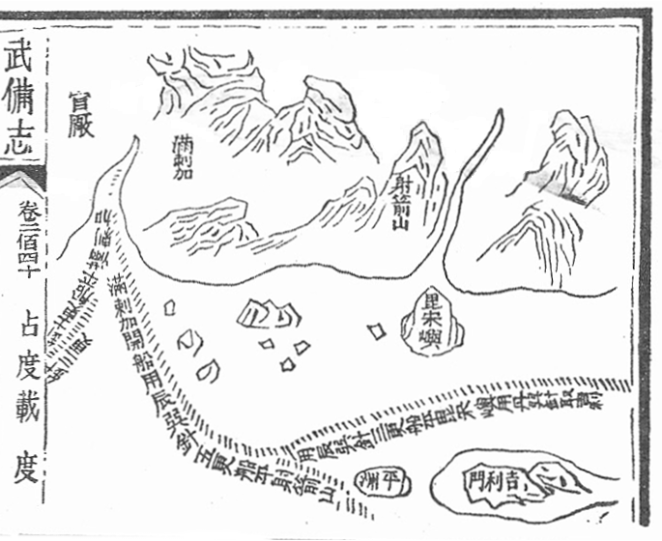
The Cheng Hoon Teng Temple (青云亭; Chheng-hûn-tîng)

According to online sources:
“The temple site was founded during the era of Dutch Malacca by the Chinese Kapitans Tay Kie Ki Tay Hong Yong in 1645. There are some controversy about the exact time the temple was built. Inscription in the temple recorded the Ming Dynasty calendar Wanli Reign period 28 years might proved the building might be already been there since 1600 or earlier in the 15th Century. Additional structures were then constructed in 1673 under the leadership of Kapitan Li Wei King Koon Chang with materials imported from China. The temple served as the main place of worship for the local Hoklo (Hokkien) community. Kapitan Chan Ki Lock constructed a main hall for the temple in 1704. In 1801, the temple structures were renovated under the leadership of Kapitan Chua Su Cheong Tok Ping who was the father of Choa Chong Long, the first Kapitan of Singapore, with the addition of additional structures.
“In 1962, then abbot Seck Kim Seng ordained Houn Jiyu-Kennett, a Zen nun from England and the future founder of the Order of Buddhist Contemplatives, at this temple. The temple was awarded a UNESCO award for outstanding architectural restoration in 2003.”
The temple complex itself is quite small but the wooden carvings and artwork inside are an inspiring joy to see. While I was there a monk (perhaps Zen tradition) came to do some ritual in front of the shrine. Here are some photos I took below:
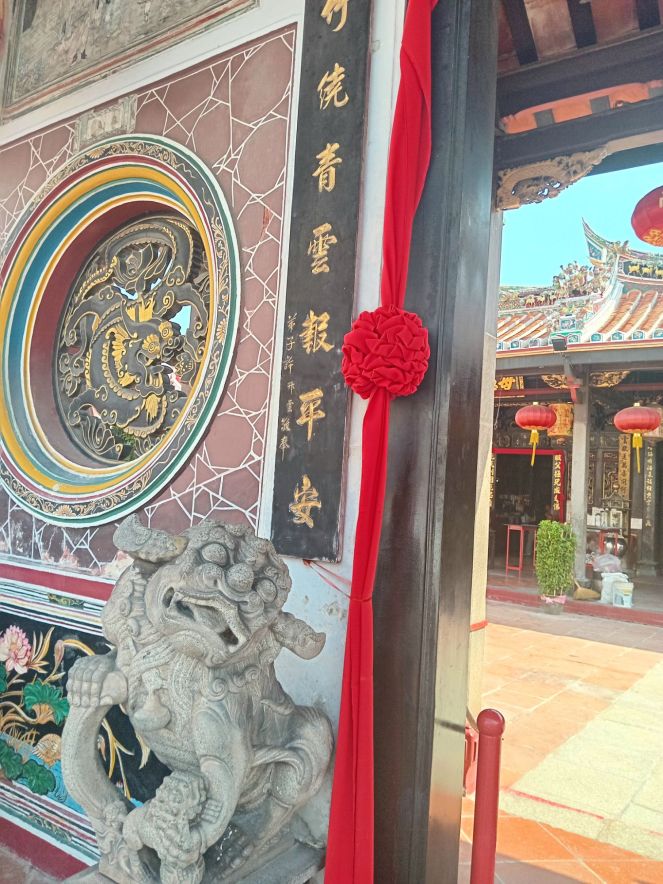
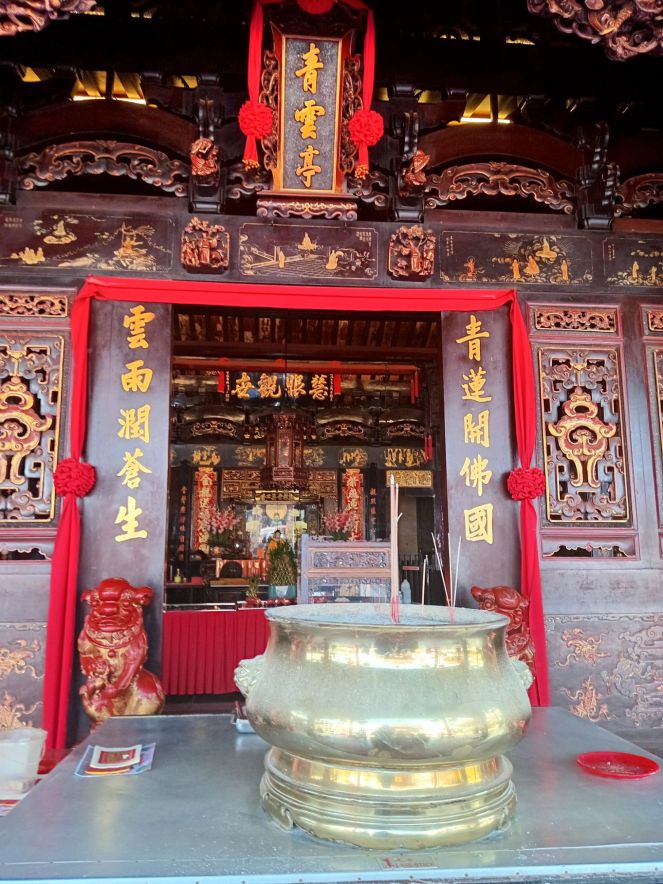

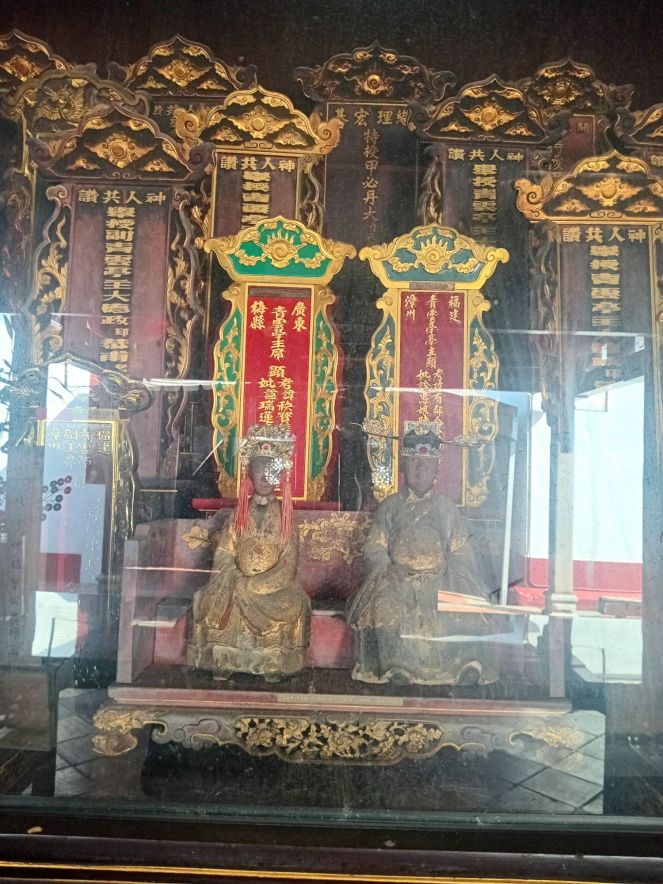



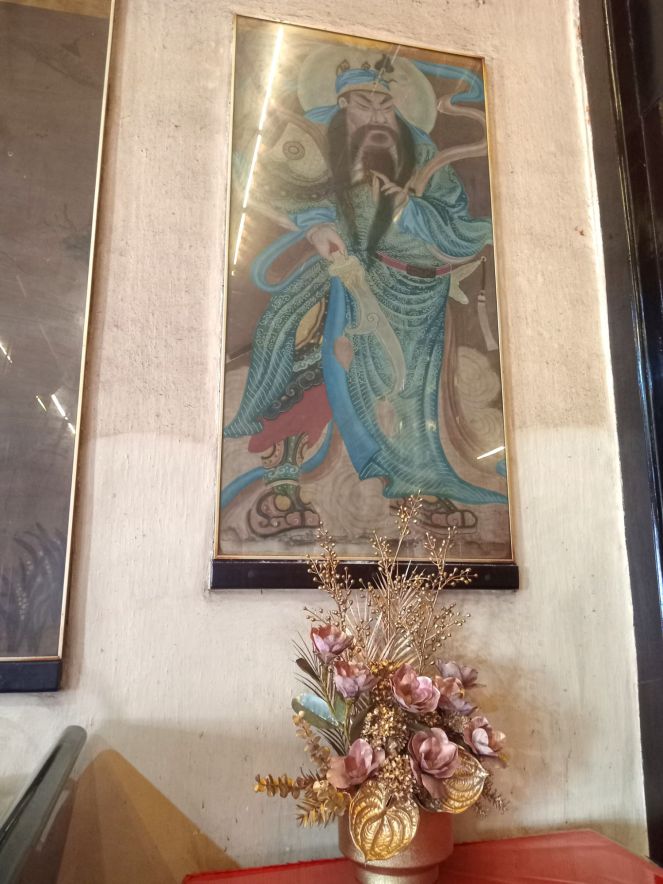
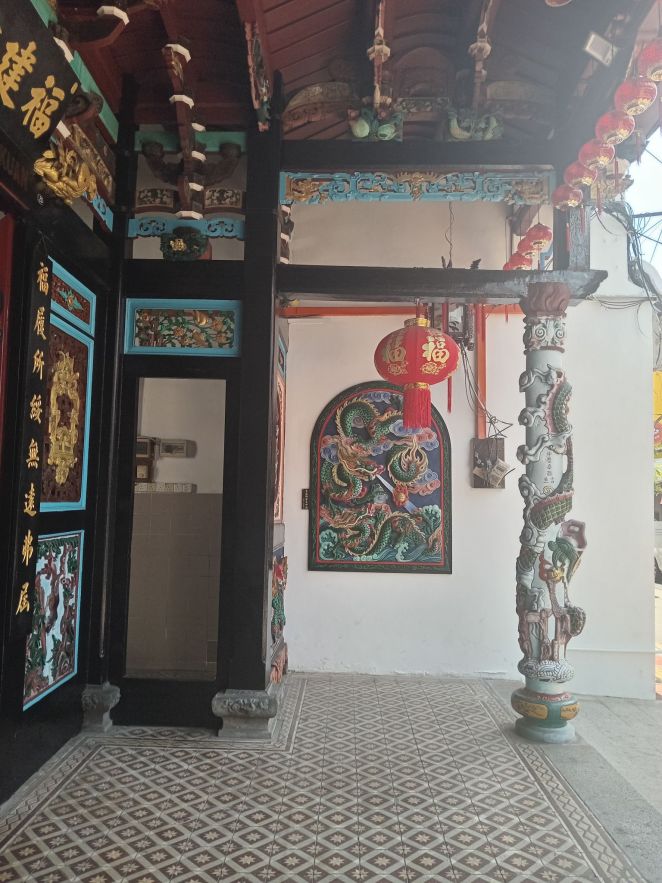



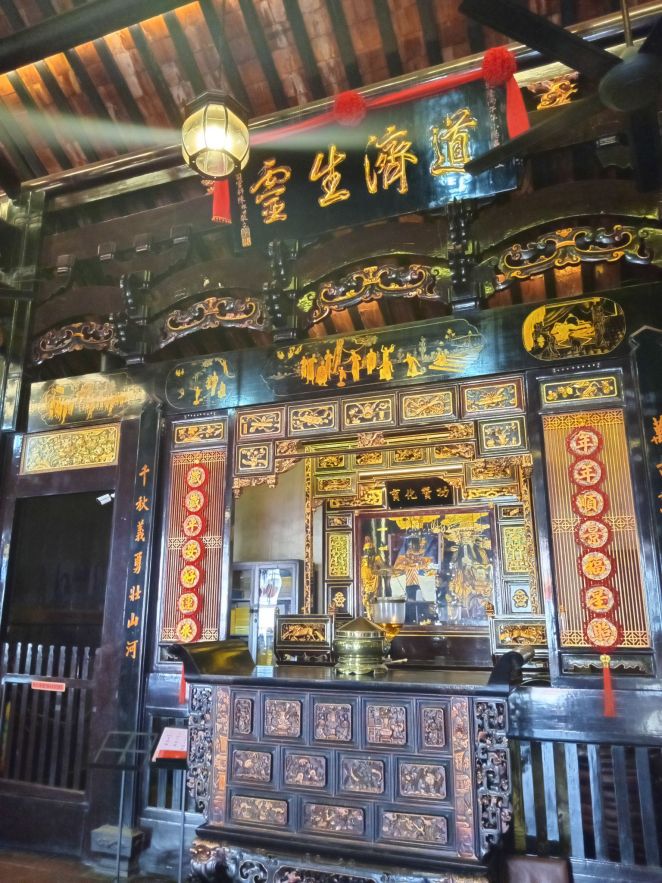

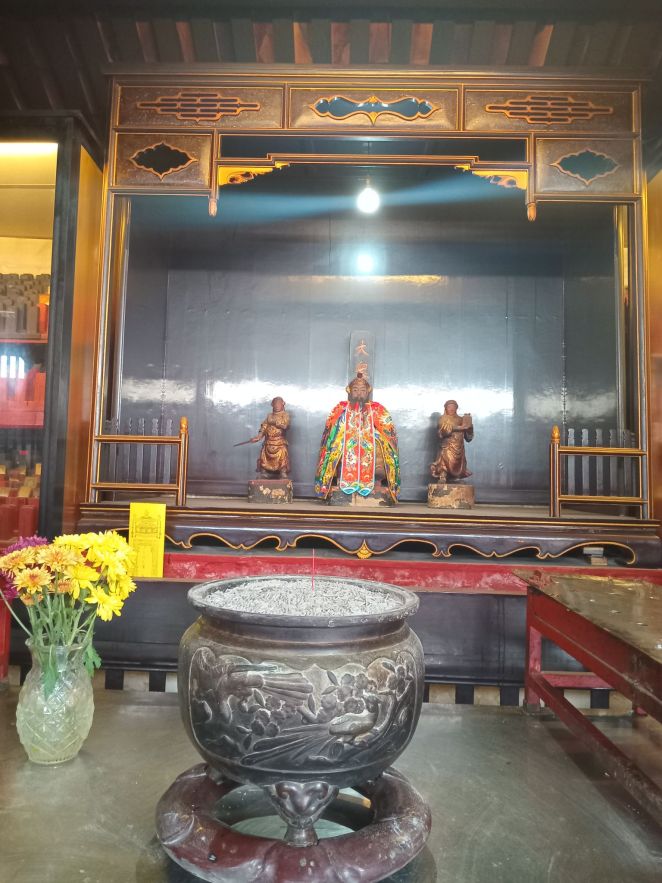

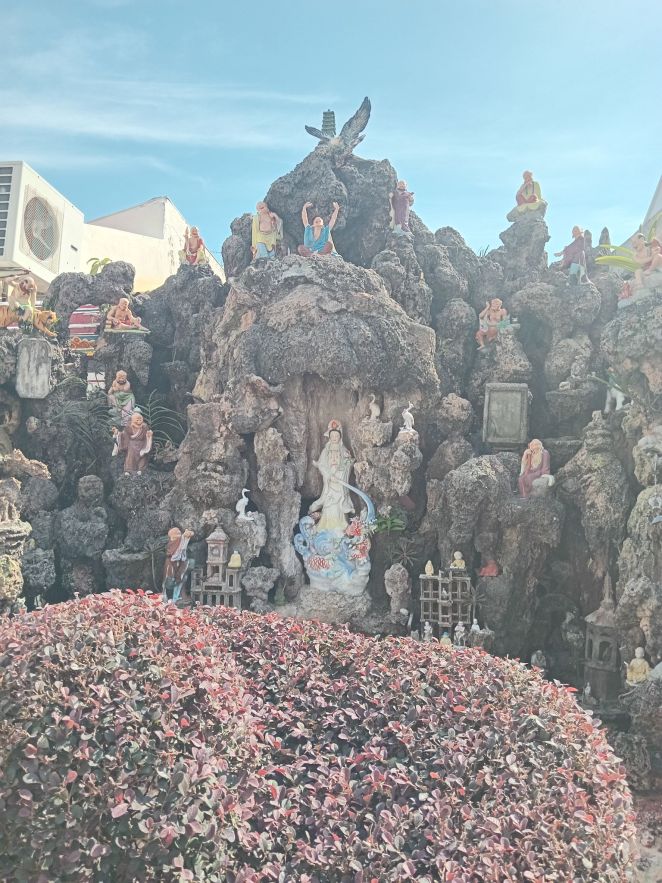
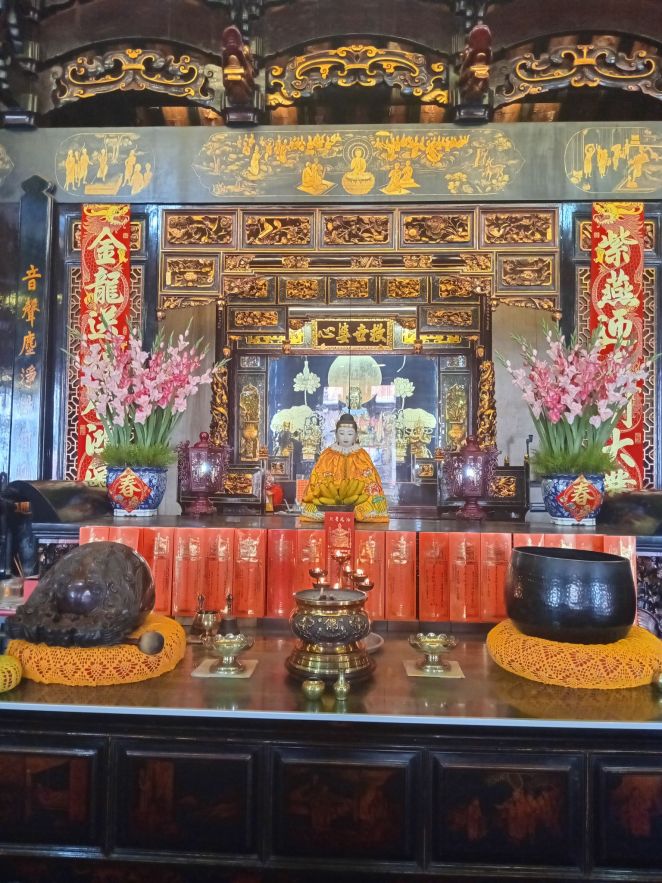



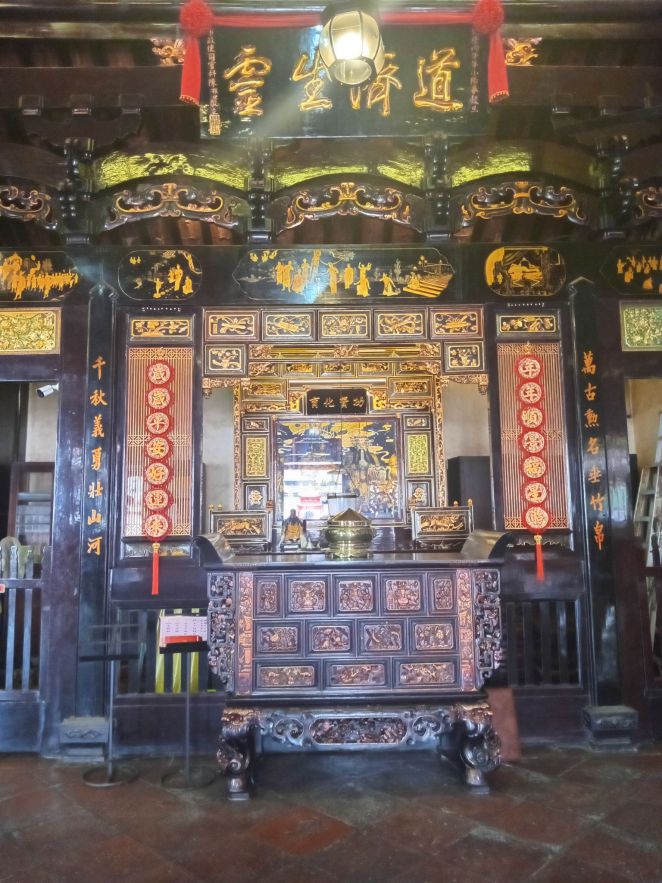

Houn Jiyu-Kennett, a Zen nun from England
I was interested to learn about the Zen nun from England who was ordained at the temple, who wrote down her visions before passing away, something considered quite controversial in Zen Buddhism.
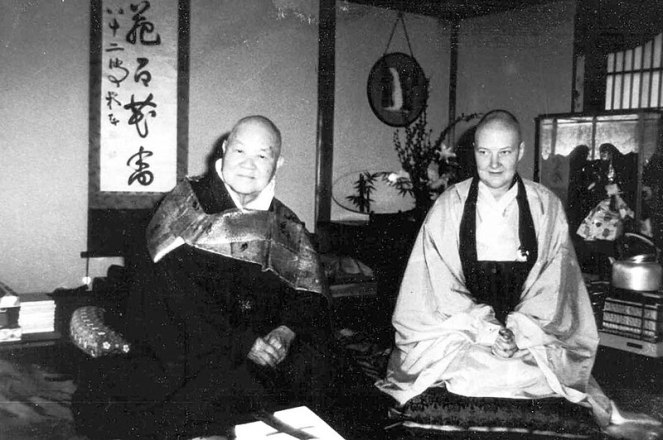
The Dutch colonisers and the red Christ Church, Malacca

Dutch Malacca (1641–1825) was the longest period that Malacca was under foreign control. The Dutch ruled for almost 183 years with intermittent British occupation during the Napoleonic Wars (1795–1815). In the early 17th century, the Dutch East India Company (Dutch: Verenigde Oostindische Compagnie, VOC) began a campaign to usurp Portuguese power in the East. The Dutch along with their local Javanese allies numbered around 700 men, assaulted and wrested Malacca from the Portuguese in January 1641. Assistance was also provided to the Dutch from the Johor Sultanate who provided around 500–600 additional men.
The Dutch conquest of Malacca from the Portuguese Empire in 1641 saw the proscription of Roman Catholicism and the conversion of existing churches to Dutch Reformed use. The old St. Paul’s Church at the summit of St. Paul Hill was renamed the Bovenkerk (Upper Church) and used as the main parish church of the Dutch community.
In 1741, in commemoration of the centenary of the capture of Malacca from the Portuguese, the Dutch burgher community decided to build a new church, replacing the aging Bovenkerk.
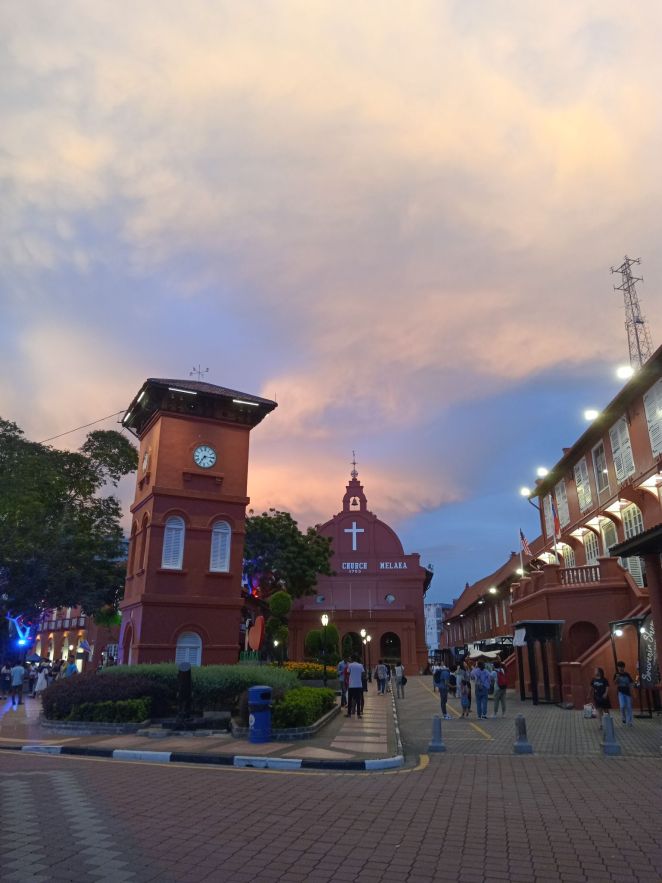
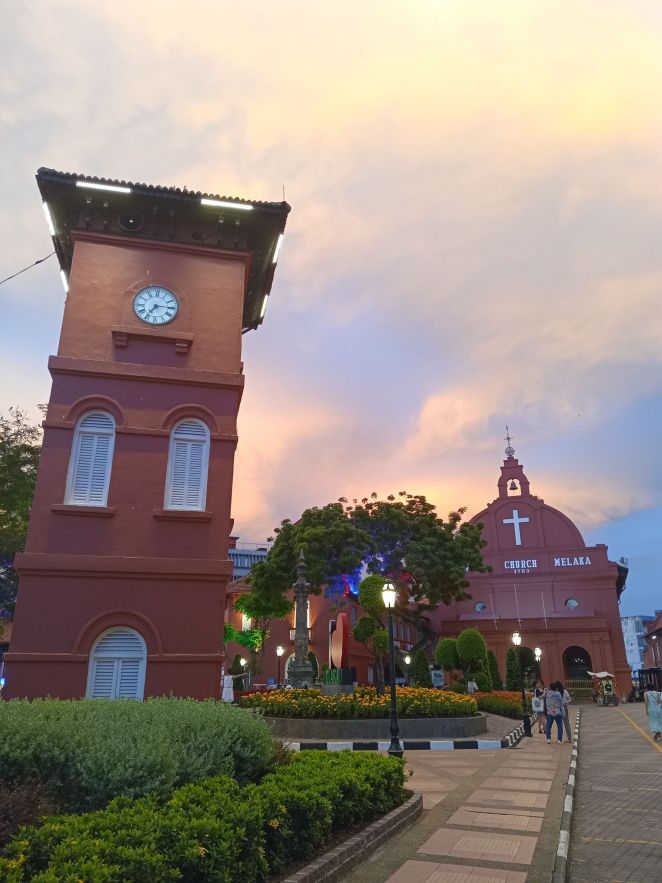


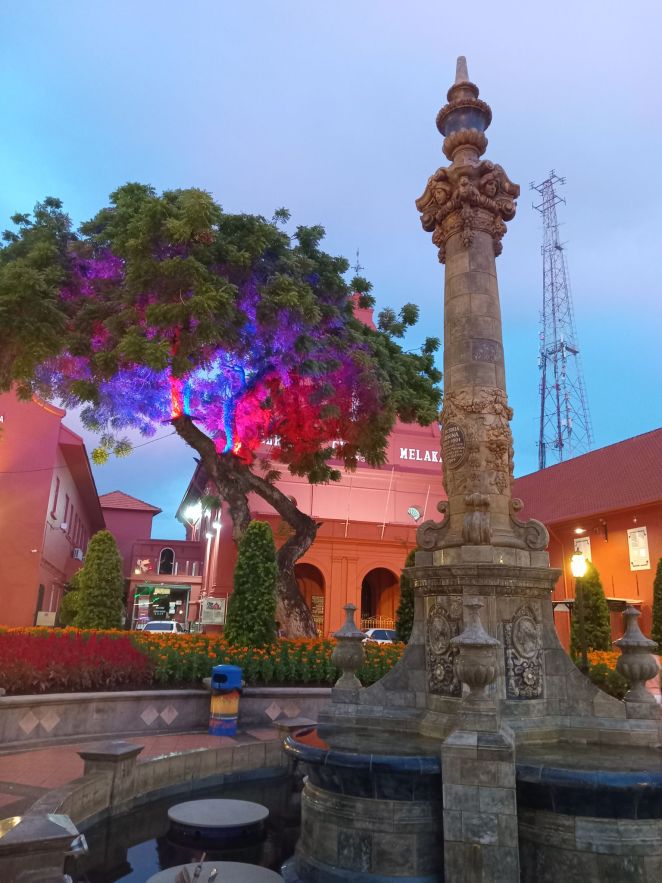

Vintage cafes, street art and Malacca canal scenes
Malacca itself was a lovely place to stay and watch people go by from the riverside moat cafes, and the Chinese-Malay and Dutch influenced architecture and art. I took one of the popular canal boat trips around Malacca just before sunset when the lights start to illuminate the town and buildings, here are a small selection here:
